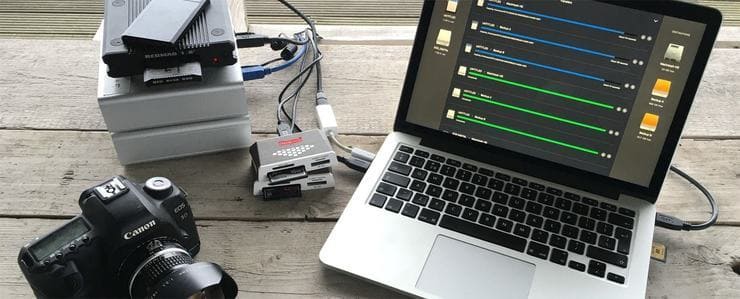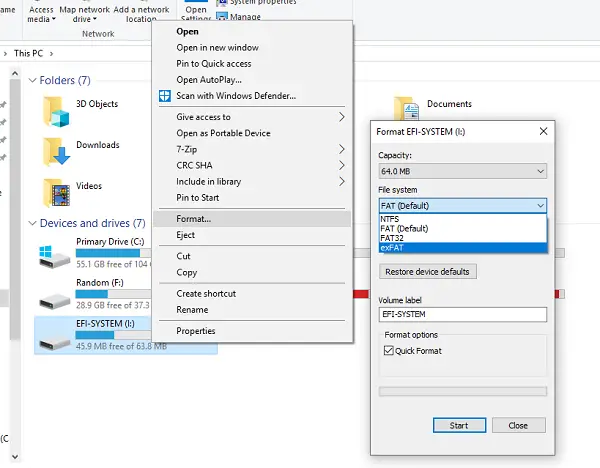

Optional support for TexFAT, a transactional file system standard (optionally WinCE activated function, not supported in Windows Desktop/Server versions).Optional support for access control lists (not currently supported in Windows Desktop/Server versions).

Timestamps come with a time zone marker in offset relative to UTC (starting with Vista SP2).Timestamp granularity for Last Access time to double seconds (FAT had date only).Timestamp granularity of 10 ms for Create and Modified times (down from 2 s of FAT, but not as fine as NTFS's 100 ns).
#Drive format for mac and pc free

Support for up to 2,796,202 files per directory.128 PB ( 2 57−1 bytes) maximum, 512 TB ( 2 49−1 bytes) recommended maximum, raised from the 32-bit limit (2 TB for a sector size of 512 bytes) of standard FAT32 partitions. Other specifications, features, and requirements of the exFAT file system include: Therefore, for the typical user, this enables seamless interoperability between Windows and macOS platforms for files in excess of 4 GB. The entire File Allocation Table (FAT) family, exFAT included, is used for embedded systems because it is lightweight and is better suited for solutions that have low memory and low power requirements, and can be easily implemented in firmware.īecause file size references are stored in eight instead of four bytes, the file size limit has increased to 16 exabytes (EB) ( 2 64−1 bytes, or about 10 19 bytes, which is otherwise limited by a maximum volume size of 128 PB, or 2 57−1 bytes), raised from 4 GB ( 2 32−1 bytes) in a standard FAT32 file system. Most of the vendors signing on for licences are manufacturers of embedded systems or device manufacturers that produce media formatted with exFAT. ExFAT was introduced in late 2006 as part of Windows CE 6.0, an embedded Windows operating system.


 0 kommentar(er)
0 kommentar(er)
